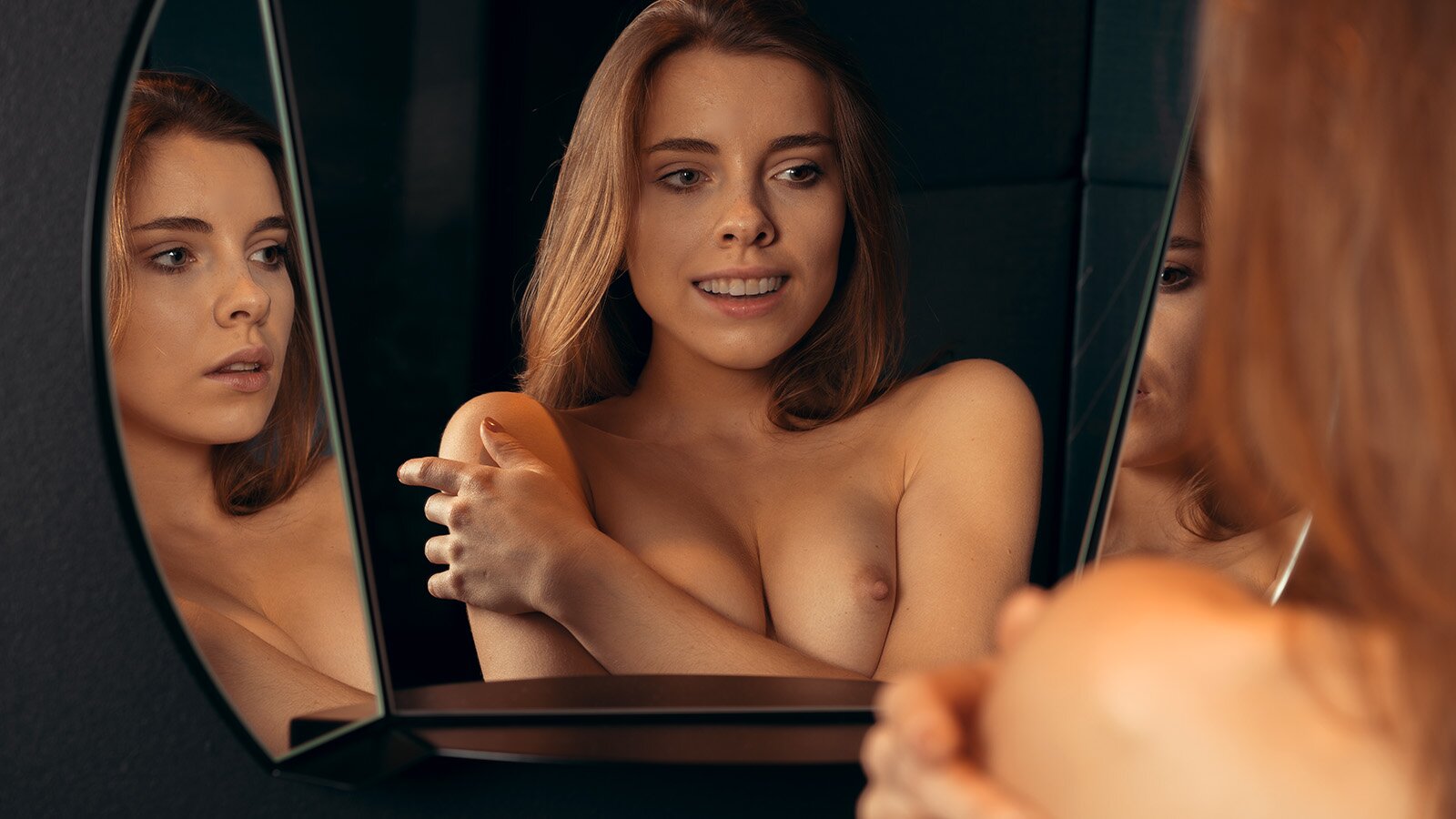
It all started with the Liquify filter tool offered by Photoshop. This is available for decades and is used for re-shaping body curves. Sometimes it is overdone, but if done correctly, the human eye won't be able to tell.
In my early years, I remember having produced totally unrealistic results. This still always is a warning to me. So, for a decade now, I only change the shape of a body in very rare occasions. Maybe in one out of one hundred images. And then only a tiny bit.
Face recognition
But since the face recognition has been introduced to the liquify tool, it allows quick facial modifications. You can use the sliders or just drag and move points by clicking into the face. This is so easy and to prove it, I played around with Kate's face.
I made her eyes bigger, move the nose a small bit up, widened her mouth and increased the size of her lips. I also changed her jaw line real quick. All this only to a small extent. And it took me less than a minute.
This did not make her pretty face any prettier, if you ask me. But I wanted to demonstrate what is possible with this tool.



Artificial intelligence
When Adobe introduced the Neural Filters, this was a different approach. Now, you only change some sliders and Photoshop claims to use artificial intelligence to optimize your image. But what is artificial intelligence?
Let's say you have a photograph with a happy person and tell the computer, this is a happy person. Now, the computer tries to imitate this look on another image and a human judges if this was done in a good or bad way. If this is repeated a million times, the software is improving the skills. So, the users of Photoshop are basically the starting point of what the program will be capable of in the future.
Right now, in 2021, the results aren't overly impressive. If you use Neural Filters > Smart Portrait > Facial Age, this slider will mostly retouch your hair style. AI believes, young people have tidy hair and older people grey hair.
If you want to change the facial expression to Be Happy!, AI has problems figuring out the shape and color of the teeth that are hidden underneath the lips. The results are ridiculous most of the time and not usable at all. In 2021. This might be different in the future, though.


However, what works pretty well today already is Neural Filters > Skin Smoothing. Just make sure to reduce the blur to around 20. Then mask out the nose tip a small bit, because Photoshop tends to make it way too smooth. And reduce the new layer to 30 to 60 percent depending on the image. This doesn't look too bad, does it?

If you think about those face tune apps you see on social media a lot, these Photoshop filters don't impress much. But don't forget, Photoshop is doing this with high resolution images and you can continue to retouch manually in a professional manner. Whereas the face tune apps can hide behind a small sized 1080 pixel image and behind reducing the color range dramatically. Therefore, it would be a bit unfair to compare these two.
